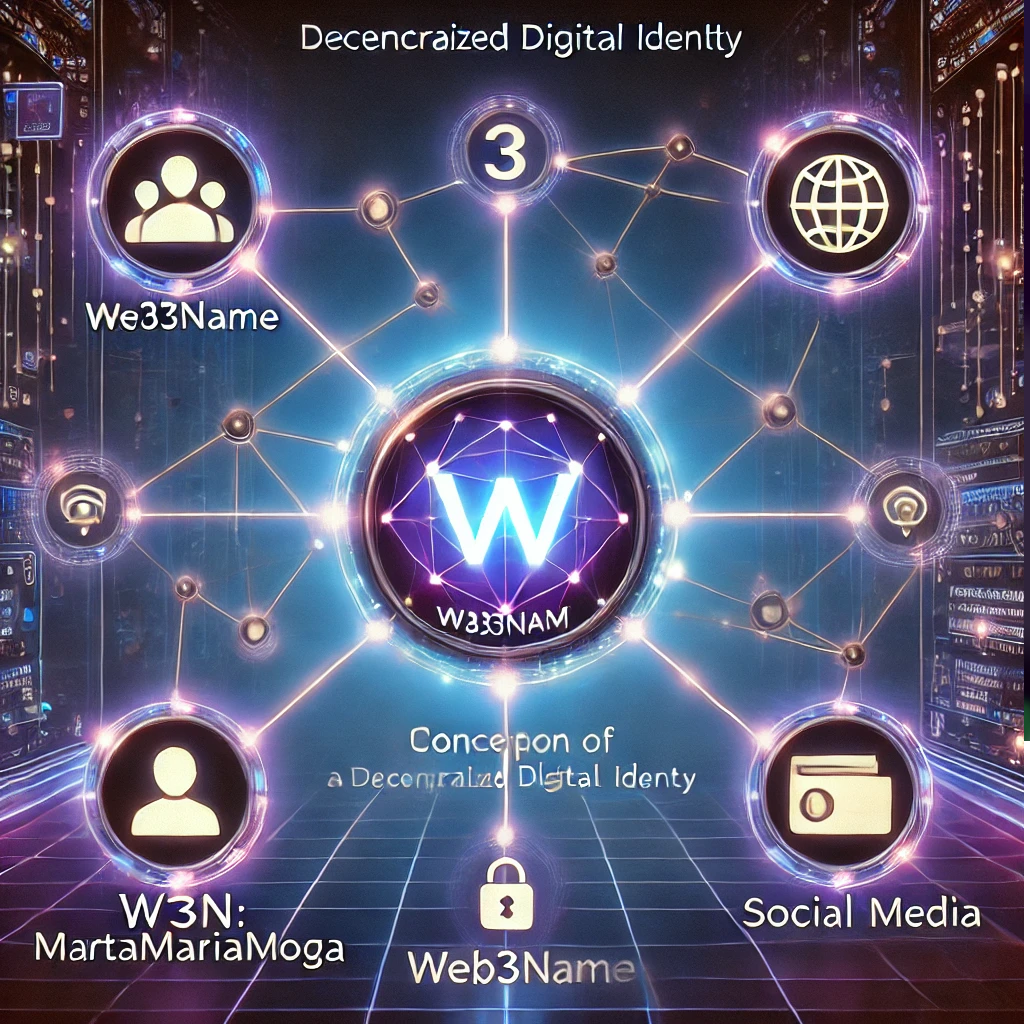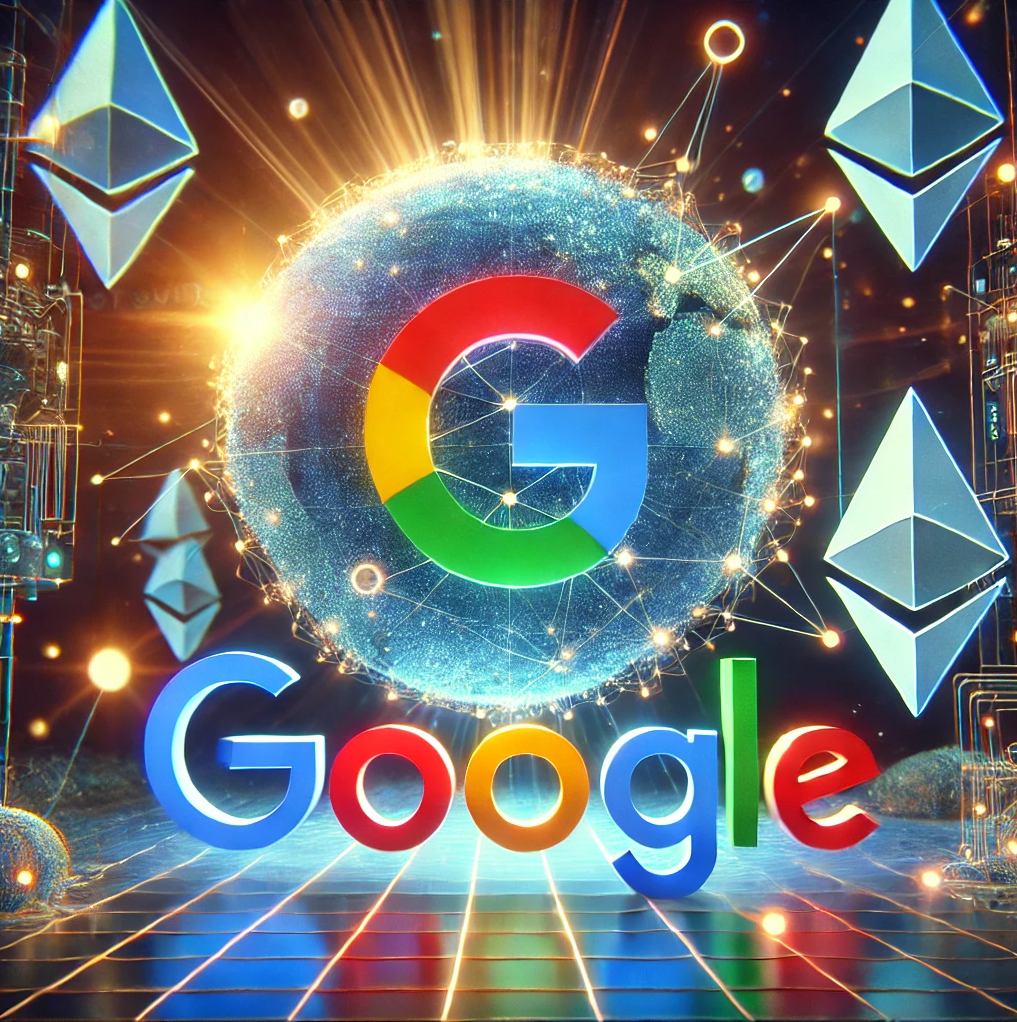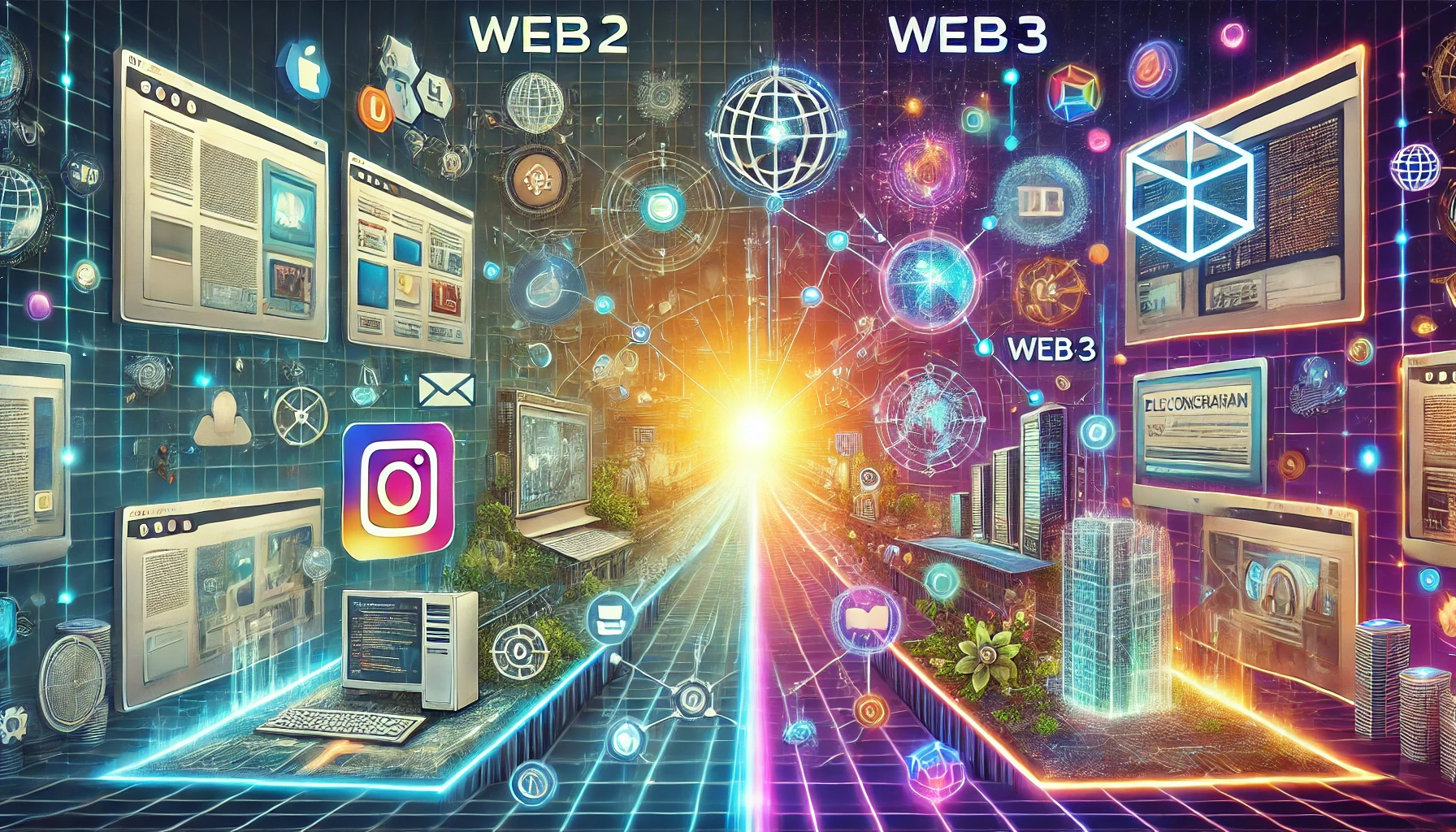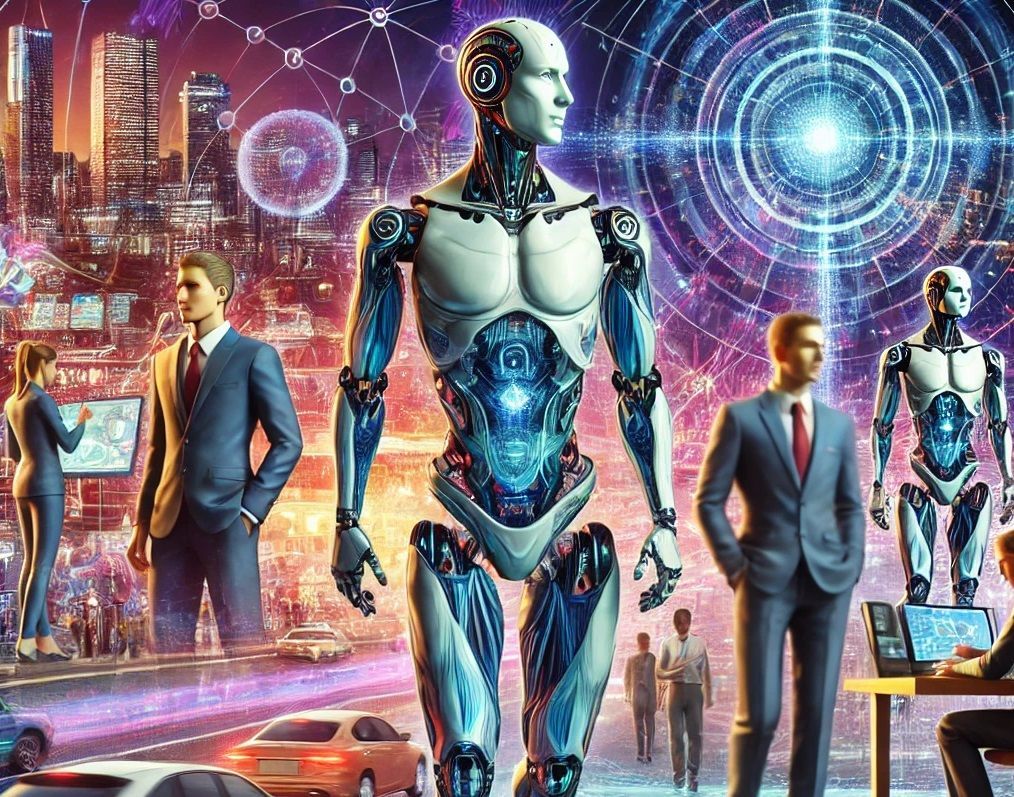What is Generative Artificial Intelligence?
Generative Artificial Intelligence (Generative AI) is a branch of AI that uses advanced algorithms to create new and original content, such as text, images, music, video, and even software code. This technology is primarily based on machine learning and deep learning techniques, using massive data sets to generate outputs that have not been explicitly programmed.
-
Techniques Used in Generative AI
Generative Adversarial Networks (GANs)
Applications of Generative AI
- Text
Generating articles, documents, emails, website copy, and creative writing is made possible by templates like ChatGPT. For example, a company can use ChatGPT to automate the writing of customer responses or to generate content for the company blog.
2. Images and Videos
Tools like DALL-E and Midjourney can create realistic or artistic images. For example, DALL-E has been used to create book illustrations, while Midjourney is popular among graphic designers for generating concept art. Additionally, AI models can modify existing videos, adding special effects or improving visual quality.
3. Audio and Music
AI can generate original music and synthetic voices for applications like chatbots, audiobooks, and digital assistants. For example, startup Amper Music uses AI to help musicians and content creators compose unique music tracks.
Software Code AI can generate code, translate between programming languages, and assist in software development. Tools like GitHub Copilot support developers by suggesting code snippets and helping solve complex problems, speeding up the development process.
-
Benefits and Challenges of Generative AI
Advantages
Future Prospects
Generative AI represents an innovative frontier of AI, with enormous potential to transform various industries. However, careful management of its ethical and practical implications is essential. The future will likely see an increasing integration of generative AI with other advanced technologies such as the Internet of Things (IoT) and augmented reality (AR), leading to new and surprising applications.
Blog





Website built with OpenAI
👉Download the official whitepaper of the MOGA token, compliant with the MiCAR Regulation, to discover all the details on the IA360 project and the transparency of our ecosystem MOGA token whitepaper - MiCAR - IPFS .








